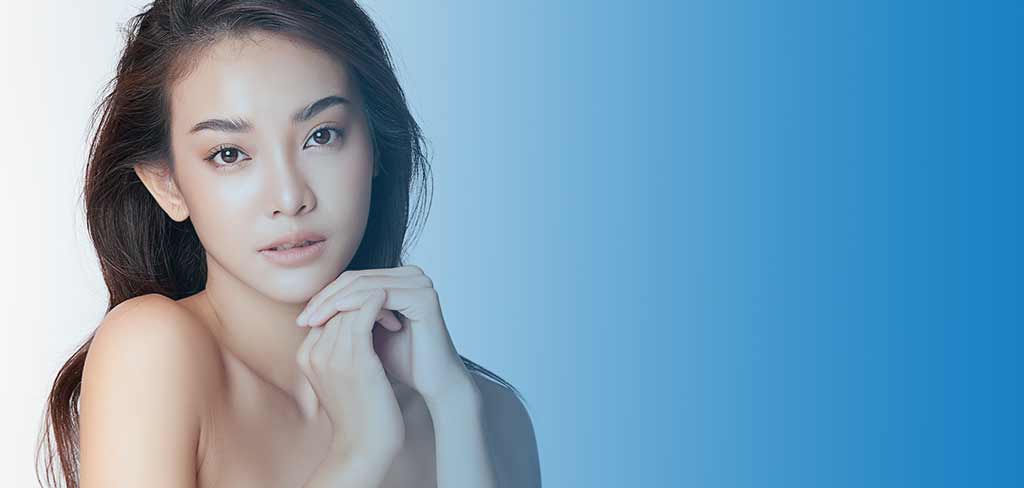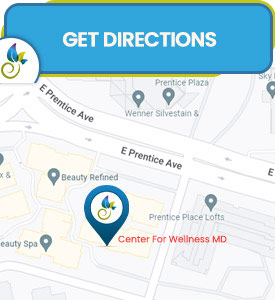Threads FAQs at Center for Wellness MD
If you are noticing your skin isn’t as plump as it once was, threads may be the perfect treatment for you! Call or request an appointment today!


Table of Contents:
What are threads?
How long have they been around?
What are they made of?
How long do they last?
Are there different types?
What type does Center for Wellness MD use and why?
Can they just snap?
Are they dangerous?
Are they painful?
How long does each session take?
Where on the face can they be used?
Can threads be used elsewhere on the body?
What kind of effects can you expect with them?
Can they be combined with other treatments?
Why would I want them?
“Threads” are strands of spun collagen that are used to increase the strength of your natural collagen. Your collagen is weakened by genetics, age and gravity and causes wrinkles, sagging and an aged and tired appearance.
Threads in different forms have been in use for over 20 years.
They are manufactured HLA or synthetic collagen (the same essential substance as in fillers like Juvederm) so they are well understood.
Depending on the type, threads can take 1-2 years to be reabsorbed by the body. Threads have a longer lasting effect because they stimulate new collagen production, improve circulation, and help with fat reduction by the body.
There are 3 types of threads: PDO, PLLA and PCL that have different strengths, consistencies, and durations.
Threads come in many thicknesses, can be smooth or cogged, very long or very short depending on their purpose.
Some types last longer than others.
We use PDO threads because of their strength, softness, flexibility, and predictability.
The move to “cog” or barbed threads mean that lifting is not like hanging clothes on a clothesline. There are multiple attachments to different parts of collagen to provide multi-point lifting without limiting lifting to one or two specific places where they can break and fall.
Like any procedure there are risks. Bruising is the most common side effect and may last up to 2-3 weeks. Swelling and soreness at attachment points are also common. Threads may be extruded. Infections are uncommon but usually treatable with antibiotics.
Topical and local anesthesia allows threads to be comfortably placed in the office.
Placing threads in most cases takes 20 to 30 minutes depending on the area treated.
Threads are most used to lift the mid face, jowls, jaw line, chin, neck and brow. They can be placed as lattice to fill in and stimulate collagen production around the lips, cheeks, double chin and under-eye areas. They can be used to fill deep wrinkles of the naso-labial folds, forehead and “elevenses” (frown lines)
Specialized threads can be used to lift the breast, abdomen, upper arms, buttocks, and other areas.
Threads help you look refreshed and subtly younger. They don’t provide the “stretched tight” look you see with a facelift.
Threads can be combination with Botox, fillers, PRP and other treatments like Fractora abs TruSculpt. They can also be combined with lipolytic agents like Kybella.
Threads are for you if you want a minimally invasive option to help you look younger but not obviously altered. They’re great if you want tightening in a specific area and don’t want the downtime and scars of cosmetic surgery. They’re what you want to get if you’re short on time and want an affordable “lunch time” option.







